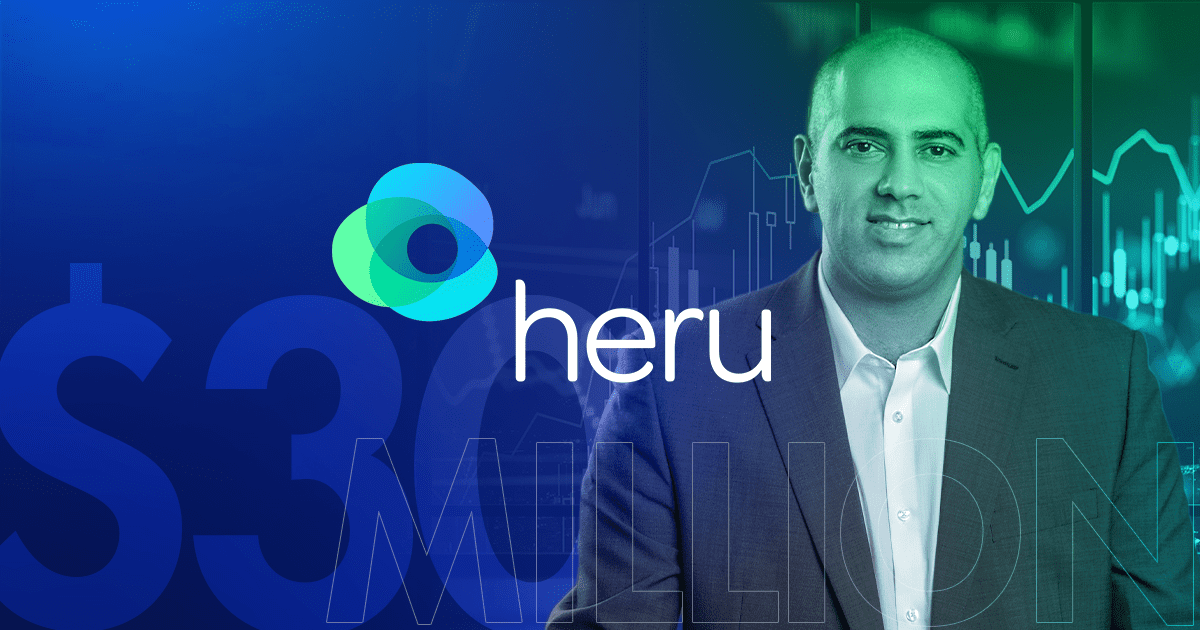Heru Closes $30 Million Series A Round

Heru, developer of an artificial intelligence-powered vision diagnostics and augmentation software platform, gave its development program a boost when it closed a Series A financing round of $30 million.
The funding will be used to progress development of the company’s diagnostic and vision-correction technology platforms, said Heru founder and CEO Mohamed Abou Shousha, MD, PhD.
Bascom Palmer Spin-Off
“Our goal is to use this funding to advance this technology using AI cloud computing and wearables to improve the quality of life of the millions of patients with visual defects,” Dr. Shousha said in an interview. Dr. Shousha also is an associate professor of clinical ophthalmology, electrical and computer engineering, and biomedical engineering at the University of Miami’s Bascom Palmer Eye Institute, from which the company originated as a spin-out.
Heru in December 2020 announced a class I listing with the Food and Drug Administration (FDA) for its cloud-based augmented/virtual reality platform’s first diagnostic application for visual field exams, along with a $2.7 million seed round of funding.
There are an estimated 450 million people with either visual field defects or double vision, and many face limited access to care or a long wait for appointments, Dr. Shousha said. Heru’s software, compatible with commercially available augmented-reality/virtual-reality (AR/VR) headsets such as those manufactured by Microsoft or Magic Leap, is designed to be used for functions such as screening and diagnosis of visual field defects and augmentation of existing vision, he said.
Early Study Results
A study published by Dr. Shousha’s group last year demonstrated how the technology could enhance awareness of peripheral objects among glaucoma patients. Testing using the software platform could be administered by any eye-care professional, or emergency department or other clinicians, without needing bulky equipment or dedicated workspace, he said. Clinicians can check test results through a dedicated web portal, and the software can connect with electronic health record systems.
Like a mobile phone with different applications that can be downloaded to perform different functions, Heru’s software platform, too, will eventually have several diagnostic and visual augmentation applications, Dr. Shousha said. Its first component, the visual field test administered by the software through a wearable device, is now being used in a commercial pilot in the US, he said, as the company gears up for “a full-blown commercial launch soon.”
Additional applications for the software are still in development, said Dr. Shousha. They may include one to correct a user’s vision defects in real time using AR, akin to a high-tech pair of glasses.
The Series A funding round was led by global investment firm D1 Capital Partners, with participation from SoftBank Ventures Opportunity Fund; Maurice Ferré, MD, CEO and chairman at InSightec; Frederic Moll, MD, chief development officer for Johnson and Johnson Medical Devices Companies; Krillion Ventures; and a consortium of investors with experience developing, launching, and scaling novel medical technologies.
